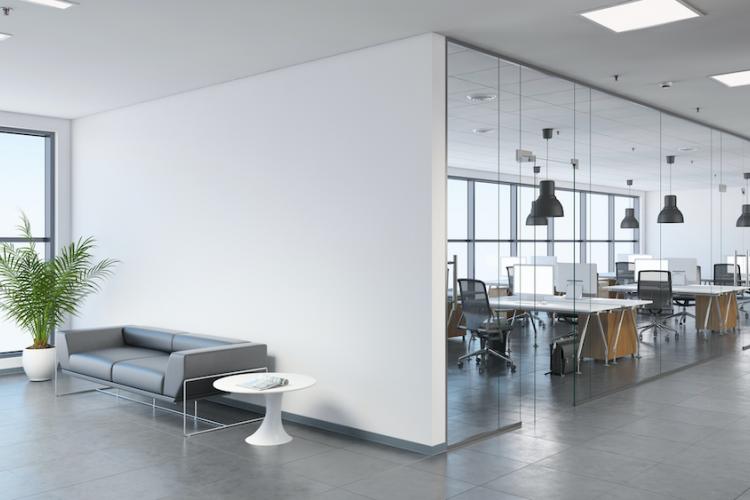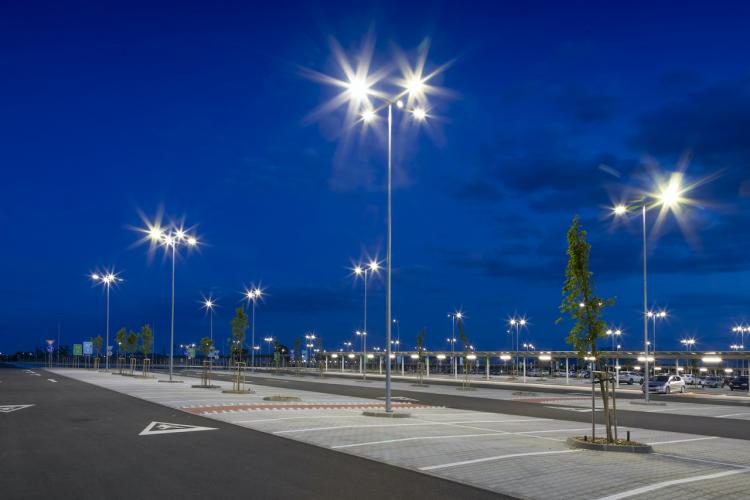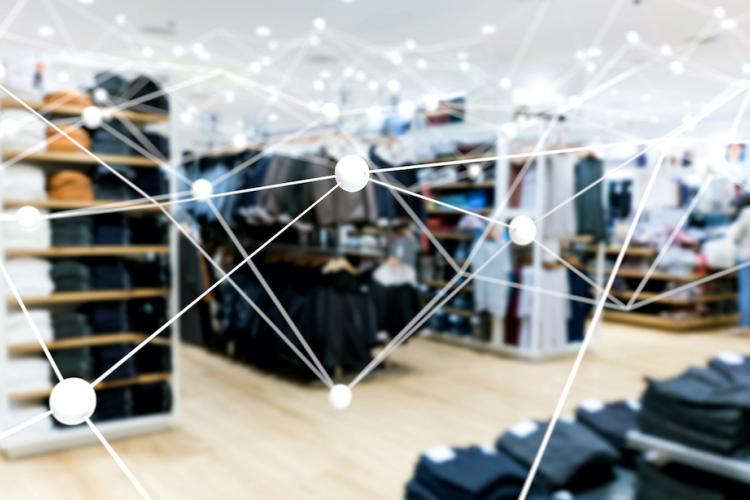3 Arguments for Implementing IoT Sensors the C-Suite Can't Ignore
3 Arguments for Implementing IoT Sensors the C-Suite Can't Ignore
Authored by Elizabeth Dukes, EVP & Chief Marketing Officer at iOFFICE
This post was originally published on the iOFFICE blog on Sept. 6, 2017. You can read the original post here.
What's important for the success of a business? Unfortunately, you won’t find alignment between what workplace leaders believe and what the executive team believes.
The C-suite is concerned with high-level strategy, furthering the company’s vision and the overall profitability of the business, which means the day-to-day operations of the business aren’t nearly as high priority as they are to the facilities team.
So when the workplace leader has a brilliant idea—for example, implementing occupancy sensors powered by the Internet of Things (IoT)—he or she better be able to show a direct connection between that proposal and what the executive team cares about.
So when it's time to invest in IoT sensor implementation, use these three reasons to pitch it to the C-suite.
Reduce Unexpected and Unnecessary Expenses
Industrial equipment, such as HVAC units and lighting systems, constitute a large percentage of a company’s budget. This percentage will likely continue to grow.
According to the U.S. Census Bureau, equipment expenditures from across all companies in the 25 sectors of the North American Industry Classification System (NAICS) totaled $992.9 billion, a 21 percent increase from 2006.
So when an asset unexpectedly malfunctions or fails, it can be remarkably costly. Explain to the executive team how IoT sensors allow you and your team to take advantage of intelligent asset maintenance. Intelligent asset maintenance takes into account the actual utilization of an asset to proactively identify potential issues and reduce the risk of unexpected failures.
Sensor technology can automatically detect problems in a malfunctioning asset, such as excessive noise levels, increased temperatures or unusual vibrations. When an IoT sensor is affixed to an asset, it can alert the facilities team of the issue and let them know an asset isn’t performing properly so a team member can take care of the problem before the equipment fails completely—reducing downtime and saving money.
IoT sensors also enable the workplace leader to create a personalized maintenance schedule, rather than relying on a calendar-based schedule or manufacturer-recommended schedule, which may not be appropriate for the company’s equipment. Show your C-suite creating this schedule prevents the organization from wasting money on servicing equipment that doesn’t need it simply because a certain amount of time has passed or the manufacturer says it’s time for maintenance.
Improve the Employee Experience
The workplace is a primary influence on the employee experience. After all, the workplace is a physical representation of how a company feels about its workforce.
A well-designed office space that offers employees flexibility and considers their convenience and comfort shows that a company cares about the well-being of its employees. But an office environment where employees struggle to find available conference rooms or an appropriate workspace that fits their needs demonstrates to the workforce that the company doesn’t appreciate or possibly even understand how the workplace affects the employees. IoT sensors track which workspaces are underutilized and which are constantly occupied and therefore in high demand. They give employers insight into the kinds of spaces their employees want and need to be happy and productive.
Be sure to mention the crucial role the workplace plays in employee retention and remind the executive team that technology is key to designing an environment where employees feel motivated, engaged and encouraged to stick around.
Reduce Real Estate Costs
Real estate is the second largest expense for a business, which means reducing costs here can mean a lot to the company's bottom line. And what executive team member doesn’t care about the bottom line?
In a study of corporate real estate executives conducted by design and architecture firm Gensler, 83% of respondents said space utilization is the most important metric for making effective workplace decisions. The insight into space utilization IoT sensors offer not only allows a business to identify ways to design a workplace that supports a positive employee experience, but also enables it to see opportunities to increase the efficiency of the workspace. And according to The Aberdeen Group, organizations can achieve 3.5% savings in annual lease costs by achieving visibility into operations.
At the end of the day, both the facilities team and the executive team want to further the success of the organization. If you believe implementing IoT sensors is what’s best for the company, be confident and prepared to speak the C-suite language.
At Current, we believe that upgrading your office to an intelligent environment empowers employees to be more productive while enabling business leaders to make better decisions. Implementing the IoT into a commercial office ushers in a new era of productivity, efficiency and employee engagement.
Learn how our customers are building a better workplace with sensor technology.







